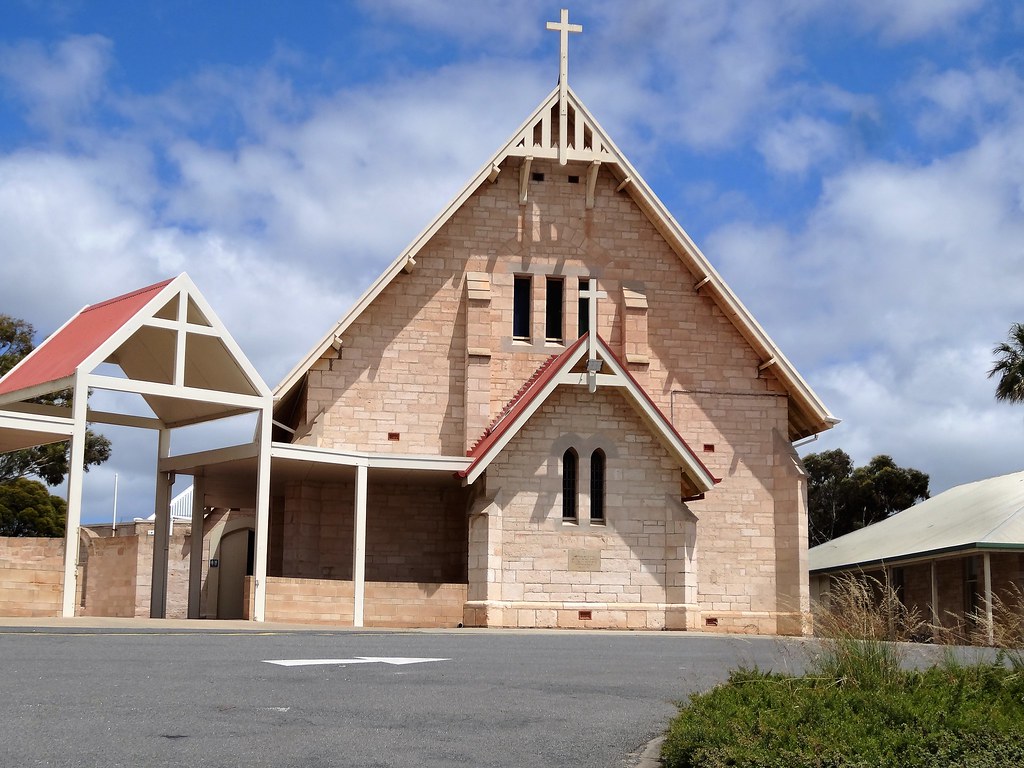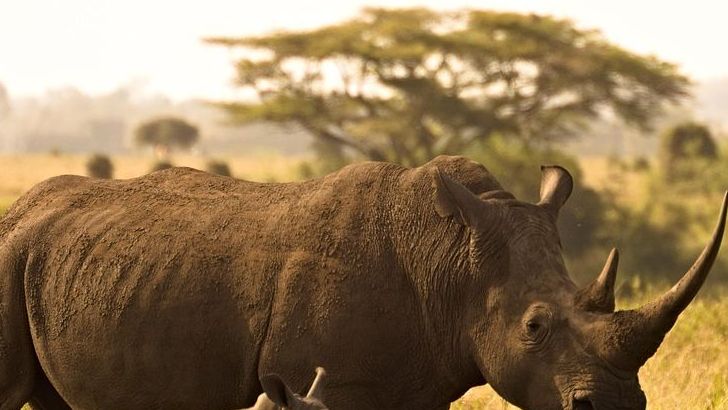Vatican City: The World’s Smallest Sovereign State

Vatican City stands as the tiniest country on the planet, nestled right in the heart of Rome, Italy. It measures a minuscule 44 hectares—smaller than many city parks—yet manages to carry enormous spiritual and cultural weight. Home to the Pope and the headquarters of the Roman Catholic Church, Vatican City is one of the most visited places on Earth, drawing millions of pilgrims and tourists each year. Its population barely reaches 800, making it feel like a close-knit neighborhood where you could get to know just about everyone. Despite its size, Vatican City operates independently, complete with its own postal system, media outlets, and even a small but storied Swiss Guard for security. The dazzling St. Peter’s Basilica and Michelangelo’s Sistine Chapel ceiling add to its extraordinary appeal, offering a sense of awe that belies its limited space. In 2024, Vatican City continued to play a pivotal role in global religious discussions, proving that size truly doesn’t matter when it comes to influence.
Monaco: A Glitzy Microstate

Monaco, perched along the French Riviera, is famous for its high-octane glamour and breathtaking coastal views. Covering just a little over 2 square kilometers, it is the second smallest country in the world, yet its reputation far exceeds its borders. With around 38,000 residents, Monaco has the vibe of an exclusive, luxurious neighborhood, where high-rise apartments, supercars, and designer boutiques are the norm. The Monte Carlo Casino and the annual Formula One Grand Prix give Monaco an aura of perpetual excitement. Its lenient tax laws have attracted a global elite, turning the city-state into a haven for the wealthy. Despite its small footprint, Monaco remains a cultural hotspot, hosting the Monte-Carlo Television Festival and the Monaco Yacht Show, both major events in 2024. The principality’s blend of old-world charm and modern extravagance continues to fascinate the world.
Nauru: The Tiny Island Nation

Nauru, a remote island in the Pacific Ocean, is the third smallest country on the globe, spanning only 21 square kilometers. With a population of just under 11,000, it possesses a distinct community spirit where neighbors are often friends and family. Historically, Nauru’s economy surged thanks to rich phosphate deposits, but as these resources dwindled, the nation faced significant economic and environmental challenges. In 2024, Nauru was in the spotlight for its efforts to diversify its economy and address climate vulnerabilities. The island is surrounded by vibrant coral reefs, drawing eco-tourists seeking untouched natural beauty. Traditional music, dance, and storytelling remain central to life here, reflecting a deep cultural pride. Despite ongoing uncertainty about its future, Nauru’s people continue to show remarkable resilience and unity.
Tuvalu: A Nation at Risk

Tuvalu, a Pacific island country, comprises nine coral islands that together measure only 26 square kilometers. Life here is tightly woven, with around 11,000 residents forming a community where everyone knows each other’s story. The islands’ pristine beaches and vibrant lagoons are magnets for those seeking tranquility and adventure. Yet, Tuvalu is on the frontlines of climate change, with rising sea levels threatening its very survival—a situation that made international headlines in 2024. Despite the looming danger, Tuvaluans display unwavering cultural pride, celebrating with colorful festivals and traditional dances. The government has been proactive in voicing their plight on the global stage, calling for urgent climate action. Their determination to safeguard their homeland has captured the world’s attention, making Tuvalu a symbol of resilience for small nations everywhere.
San Marino: A Historical Gem

San Marino, nestled within northern Italy, is recognized as one of the world’s oldest republics and occupies a compact 61 square kilometers. With a population of about 34,000, it exudes the atmosphere of a storybook village, where cobbled streets and medieval towers define daily life. The Three Towers of San Marino, perched atop Monte Titano, offer panoramic views and are a source of immense local pride. Tourism, banking, and light manufacturing are the mainstays of the economy, ensuring a comfortable life for residents. In 2024, San Marino attracted visitors with its vibrant medieval festivals and historical reenactments. The country’s unique political system, led by two Captains Regent, is a testament to its enduring democratic traditions. San Marino’s rich tapestry of history and culture makes it a captivating spot despite its size.
Liechtenstein: A Hidden Alpine Treasure

Liechtenstein, occupying a slender stretch of land between Switzerland and Austria, covers only 160 square kilometers. With a population nearing 39,000, it maintains a friendly, small-town atmosphere, where the sense of belonging is strong. The country is blanketed by majestic alpine scenery, making it a favorite destination for hikers and skiers. Liechtenstein’s economy is robust, propelled by finance, manufacturing, and a thriving tourism sector. Vaduz Castle, the official residence of the prince, stands as a symbol of the nation’s rich heritage and is a must-see for visitors. In 2024, Liechtenstein’s focus on sustainability and innovation kept it in the news as a model for small but successful nations. Its seamless blend of natural beauty and modern prosperity continues to charm everyone who visits.
Marshall Islands: A Pacific Paradise

The Marshall Islands, scattered across the Pacific, consist of 29 atolls and five isolated islands covering just 181 square kilometers. With about 58,000 people, life here is shaped by close family ties and strong community bonds. The islands are famed for their turquoise lagoons, coral reefs, and abundant marine life, attracting divers and nature lovers from around the globe. However, climate change poses a dire threat, as rising seas and extreme weather events jeopardize the islands’ future—a reality that has sparked urgent international discussions in 2024. Traditional Marshallese culture is celebrated through music, dance, and canoe-building festivals, keeping ancient customs alive. The government has implemented innovative programs to raise awareness and build resilience against climate impacts. These islands offer a glimpse of paradise but also serve as a poignant reminder of the challenges facing small nations.
Seychelles: An Archipelago of Beauty

Seychelles, a stunning collection of 115 islands in the Indian Ocean, covers only 459 square kilometers and is home to around 98,000 people. The islands are famous for their powdery beaches, granite boulders, and lush rainforests, making them a dream destination for travelers. Residents enjoy a strong sense of community, often coming together for local festivals, markets, and religious celebrations that highlight the country’s Creole heritage. Tourism, fishing, and agriculture form the backbone of Seychelles’ economy, with conservation at the forefront of national policy. In 2024, Seychelles made headlines for expanding its marine protected areas, reinforcing its commitment to sustainability. The unique blend of natural wonders and rich cultural traditions makes Seychelles feel both exclusive and warmly inviting. The islands remain a beacon of hope for balancing tourism with environmental stewardship.




